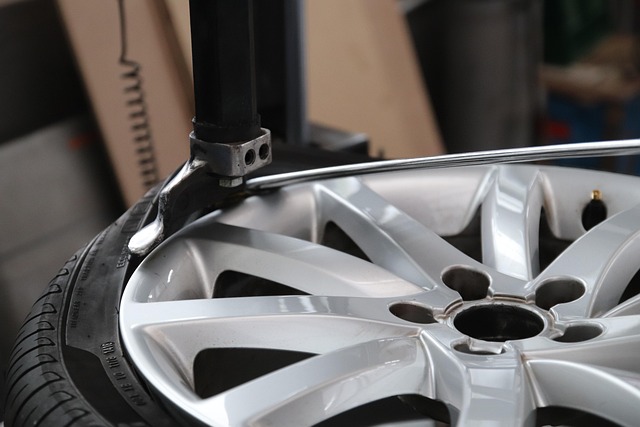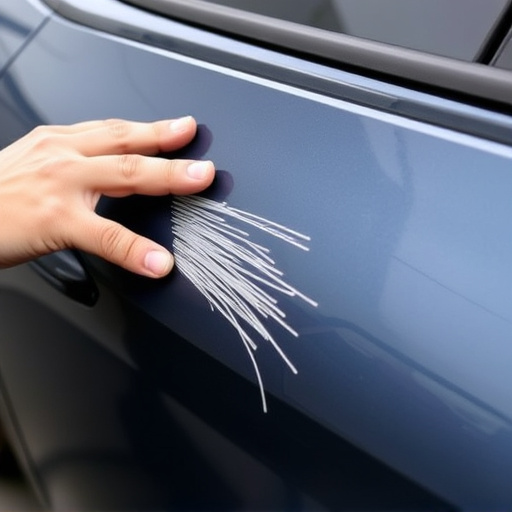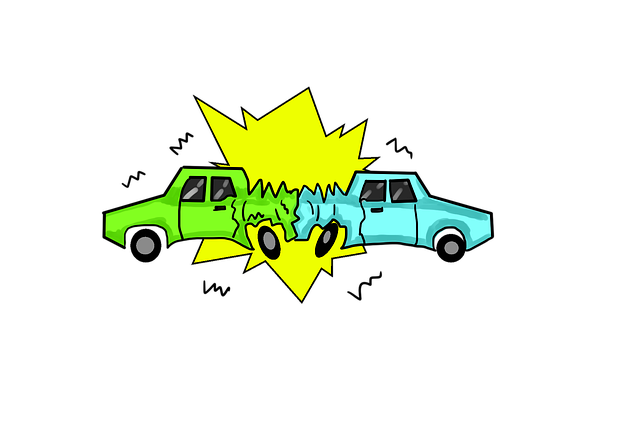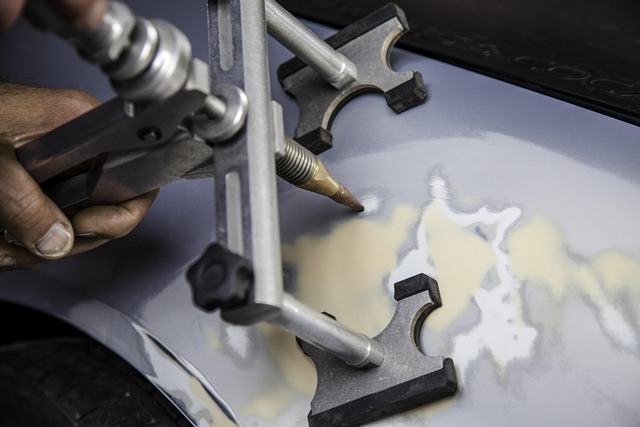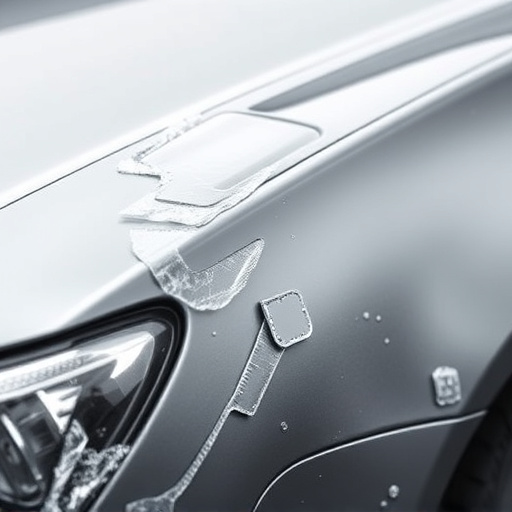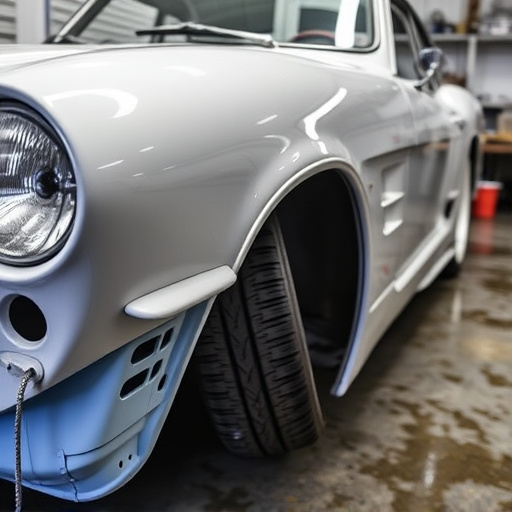Color spectrophotometry transforms automotive restoration by providing accurate color measurement and matching. This technology uses light to analyze spectral data, replacing manual methods that rely on expert technicians. Spectrophotometers ensure perfect color reproduction in car body restoration, offering faster, more precise results for vehicle painting and dent repair.
In the realm of precision color measurement, two dominant techniques emerge: the color spectrophotometer and manual paint matching. This article delves into these contrasting methods, offering an insightful comparison. Understanding color spectrophotometry’s advanced capabilities provides a modern perspective on accurate color reproduction. Meanwhile, exploring traditional manual paint matching reveals time-honored techniques still valued in certain industries. By examining their accuracy and efficiency, professionals can make informed choices for optimal color management.
- Understanding Color Spectrophotometry: An Advanced Approach
- Traditional Manual Paint Matching: Time-Honored Techniques
- Comparisons: Accuracy and Efficiency in Color Measurement
Understanding Color Spectrophotometry: An Advanced Approach
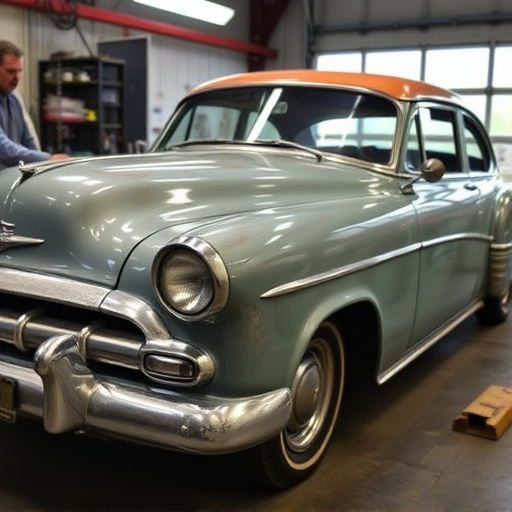
Color spectrophotometry represents an advanced approach to color measurement and matching, leveraging sophisticated technology to deliver precise and consistent results. Unlike traditional manual paint matching techniques, which rely on human observation and subjective judgment, a color spectrophotometer uses light to analyze the reflection, absorption, and emission of colors. This scientific method captures detailed spectral data, enabling exact color reproduction and comparison. In applications like car body restoration and automotive collision repair, where achieving perfect matches is crucial, spectrophotometers are indispensable tools. They ensure that every detail, from shade to tint, accurately mirrors the original, contributing to high-quality finishes in these meticulous processes.
Traditional Manual Paint Matching: Time-Honored Techniques
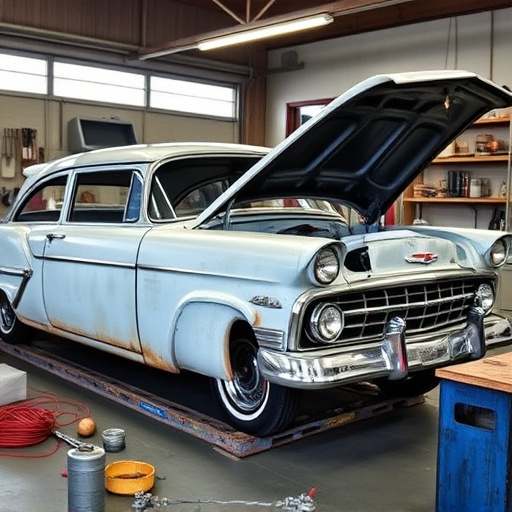
Traditional paint matching methods have been a part of auto body shops’ and vehicle restoration processes for decades. Before the advent of technology like the color spectrophotometer, achieving precise color matches was an art that relied on skilled technicians. This involved extensive knowledge of pigments, dyes, and various manual techniques to blend and mix colors until a perfect match was achieved.
Technicians would often use visual comparisons, mixing paints with careful measurements, and applying them to test panels or hidden areas of the vehicle bodywork. This time-honored practice demanded precision, patience, and an eye for detail. While it could produce excellent results, it was a lengthy process that required significant experience and often multiple attempts to get a match, especially when dealing with unique or vintage vehicle colors.
Comparisons: Accuracy and Efficiency in Color Measurement
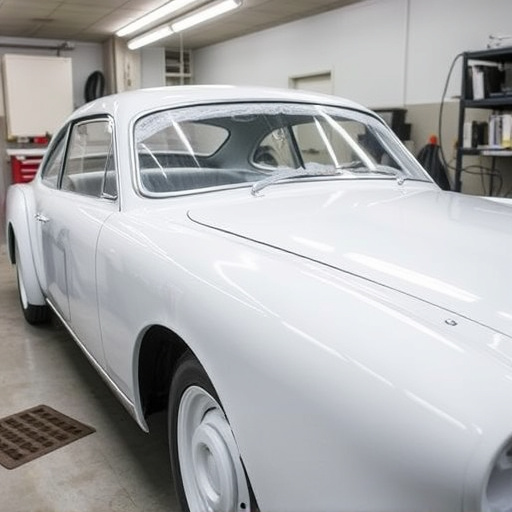
When it comes to color measurement accuracy and efficiency, the color spectrophotometer stands out as a game-changer compared to traditional manual paint matching techniques. While manual methods rely on human observation and subjective judgment, spectrophotometers offer an objective, scientific approach. These advanced instruments precisely measure the reflectance and transmittance of light, capturing intricate color nuances with remarkable detail.
In the context of car dent repair or vehicle repair in general, this translates to faster and more consistent results. Spectrophotometers provide precise data, ensuring that paint jobs match not just visually but also in terms of spectral characteristics. This level of accuracy is particularly valuable in industries where perfection is paramount, such as automotive restoration or specialized coatings.
In the realm of precise color measurement, the evolution from manual paint matching techniques to advanced tools like the color spectrophotometer has been transformative. Spectrophotometers offer unparalleled accuracy and efficiency in evaluating and replicating colors, making them indispensable for professionals across industries. By objectively quantifying color properties, these instruments ensure consistent results, eliminating subjective human error inherent in traditional methods. As technology advances, the adoption of color spectrophotometers promises to revolutionize color management, fostering innovation and enhancing quality control standards.

